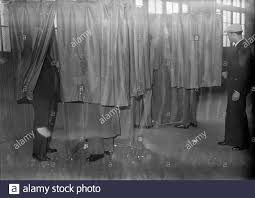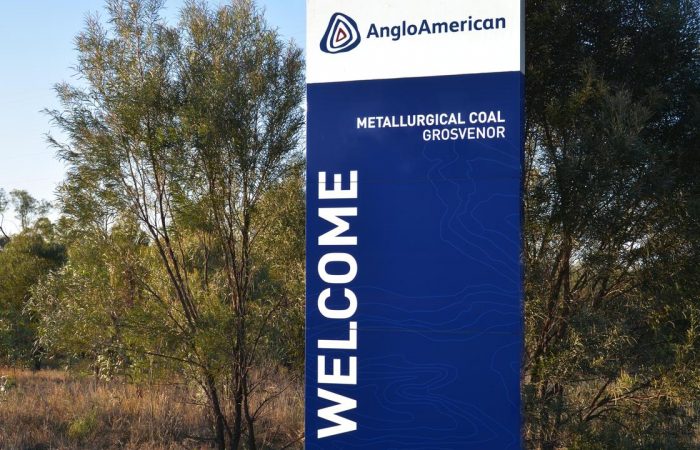
North Goonyella Fire Report Release Reason 8. PEABODY released their own Findings in March 2019 that make “good confessions”.
Peabody Coal released their findings publicly on March 27th 2019.
Mines Inspectorate has released nothing except a general one pager several months after Peabody.
As Corporate Statements go its a very revealing public confession.
They in effect, have fallen on their own sword
Why has it been nearly 2 years on and there cannot even be 1 Public relatively detailed Report from The Coal Mines Inspectorate?
No Public Safety Alerts, and Mine Record Entries and Actions issued that at least address trying to ensure Queensland Underground Coal Mines do not just repeat all the Mistakes made by North Goonyella Management in 2018.
Surely it is not difficult for even the Mines Inspectorate to
- Take the full Peabody Investigation Report and its 9 Major Findings that they are provided under the Coal Mining Act.
- Analyze and Compare to what the Mines Inspectors own Investigation shows.
- Finalize a Report for Information, Recommendations and Action
- Issue Public Safety Alerts and then Mine Record Entries mandating Reviews of Each Mines Safety and Health in light of Findings and Recommendation.
- Program of Site Inspections to ensure Mine SSE’s have taken action as Requested/Directed by the Mines Inspectorate
- Identify what Information needs to be released so to educate the Workers as what happened at North Goonyella and ensure renewed Training in Spontaneous Combustion, its Hazard Management and Plan
https://www.peabodyenergy.com/Media-Center/Newsroom
27th March 2019 Peabody Releases Initial Learnings From North Goonyella Incident
Discussion of Key Initial Learnings
As a result of Peabody’s comprehensive review, the company has developed initial learnings and steps to improve the longwall move process and other mining activities.
A) Peabody will review ventilation controls and design used during the longwall “take-off” process to minimize the amount of air that enters the longwall panel goaf and interacts with exposed coal remaining within the goaf. Ventilation controls that were put into place in advance of the longwall take-off process may have permitted higher-than-expected volumes of ventilation air to enter the goaf during the longwall take-off process, resulting in oxidation. Gas management and ventilation changes were made in and around the 9 North panel tailgate area in response to elevated levels of methane, which inadvertently intensified the oxidation.
B) Evaluate decision-making processes to address the challenges of remotely managing an underground incident solely from the surface, which can lead to unclear or ambiguous results. For instance, as the incident approached late September and treatment of the oxidation event escalated, including injection of nitrogen from the mine surface into the 9 North panel goaf, fluctuating gas readings led North Goonyella mine personnel and expert third-parties to believe that the treatment plan was likely working due to a purging of gases from the goaf.
C) Peabody also believes that the system used to monitor and analyze available mine gas data can be improved and better coordinated to identify early stages of oxidation events. Additional training to the appropriate mine personnel will be implemented to recognize fire gas indicators, gas management and spontaneous combustion, and provide an understanding of a mine’s ventilation history, with focus on identifying ventilation trends and key indicators of oxidation and developing heating for longwall mines.
D) Peabody will modify the longwall removal planning process to reduce the number of days to complete the longwall take-off process to allow for earlier commencement of final sealing, incorporating additional contingency planning in the event the target cannot be achieved. The amount of time the North Goonyella mine’s 9 North panel was idle increased the propensity for oxidation to occur in the longwall panel goaf. Peabody will consider additional contingency measures, including installation of pre-drilled holes at the appropriate locations immediately behind the longwall chock line to allow oxygen inhibitors to be injected when longwall advance stops to mitigate against oxidation.
E) Peabody will improve the Sealing Management Plan to provide greater clarity around the required steps for sealing the longwall panel (particularly in relation to how these steps interact and relate to the longwall move and re-installation plan). The improved plan will provide for the allocation of resources to ensure the Sealing Management Plan is followed as described. Peabody will also provide additional training for underground personnel prior to sealing operations commencing.
F) Peabody will hone its system for the management of Trigger Actions Response Plans (TARPs) to provide clearly defined trigger points, clear explanations of actions to be taken if trigger levels are reached, and improved methods, training and communications involving changing TARPs. Application and progression of TARPs during the longwall take-off process varied from that set out in the Sealing Management Plan, and communication of TARPs was found to be inconsistent. TARPs describe actions that must be taken by mine personnel in response to observation of certain conditions or triggers (e.g. gas levels) that deviate from normal. TARPs should clearly define their applicability and the required action items when trigger points are reached.
G) Peabody will review the Principal Hazard Management Plan (PHMP) for Spontaneous Combustion and Emergency Response around the provision of clear and concise guidance in relation to gas readings. The company will also implement a regime for reviewing the PHMP at established intervals and updating as required.
H) Within the Site Incident Management Team (SIMT), Peabody will appoint an independent facilitator whose role will be to assist the SIMT in the decision-making process (rather than the technical aspects of SIMT decisions). The SIMT was comprised primarily of North Goonyella mine management personnel, though various other parties also provided input into the SIMT’s decision making process. At times, it was challenging for the SIMT to coordinate and address differing viewpoints from multiple stakeholders. Although these outside parties each play critical roles in responding to a mine emergency, the varied viewpoints need to be effectively managed and facilitated during an incident.
I) Peabody is taking action to install quickly closable remote ventilation control devices at each mine drift as we progress through the reventilation process. In addition, Peabody will evaluate options to remotely isolate portions of the longwall panel to provide an option to quickly close these devices after all personnel have been evacuated from the panel. Peabody’s ability to quickly seal the panel to extinguish the oxidation event before it developed into a fire was impaired once the mine was evacuated and exclusion zones were put in place. Once an oxidation event develops into a spontaneous combustion event, it is difficult to extinguish from the mine surface. The smaller the area of the mine that is sealed from the source of combustion, the less oxygen is available to support it and the quicker it begins to cool, which should facilitate expeditious recovery. These types of devices could be closed by personnel as part of an evacuation sequence, or through remote means. Emergency seals, which can be installed at chute and gate roads at longwall panels, will also be considered as part of an emergency sealing process.


